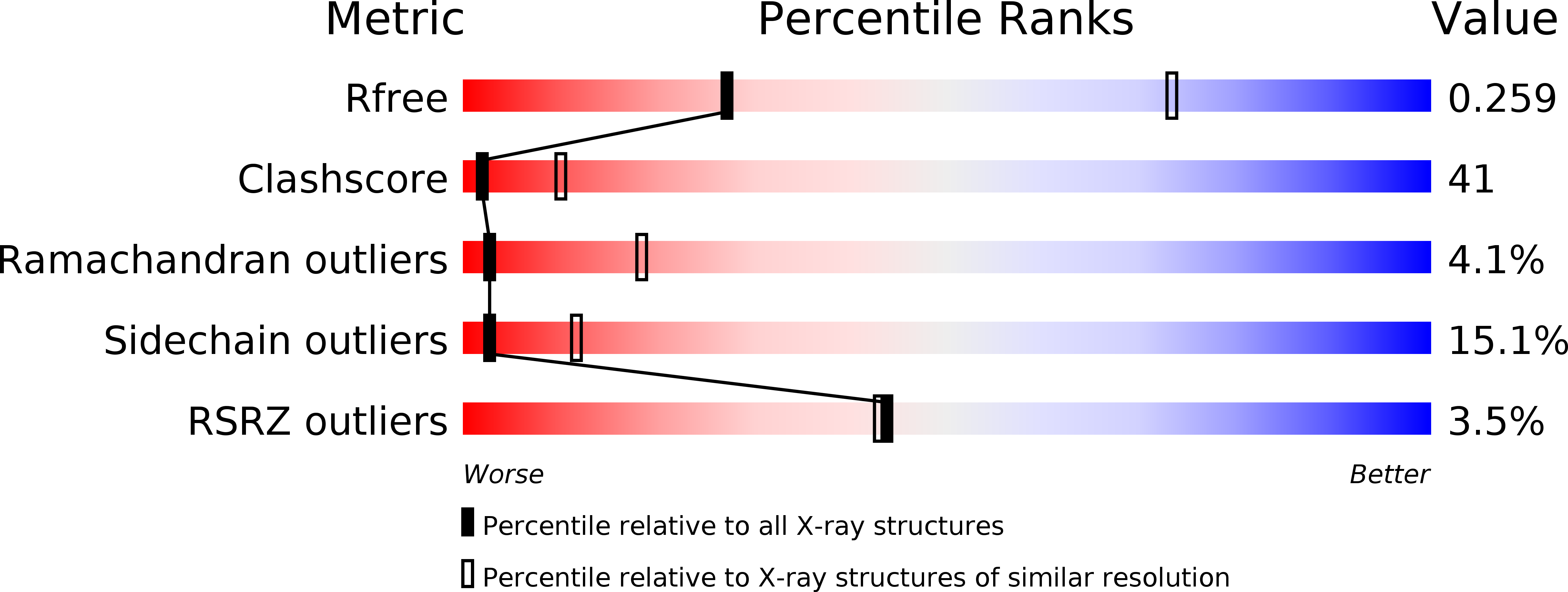
Deposition Date
2011-03-31
Release Date
2011-06-15
Last Version Date
2025-03-26
Method Details:
Experimental Method:
Resolution:
3.40 Å
R-Value Free:
0.27
R-Value Work:
0.23
R-Value Observed:
0.24
Space Group:
P 21 21 21


